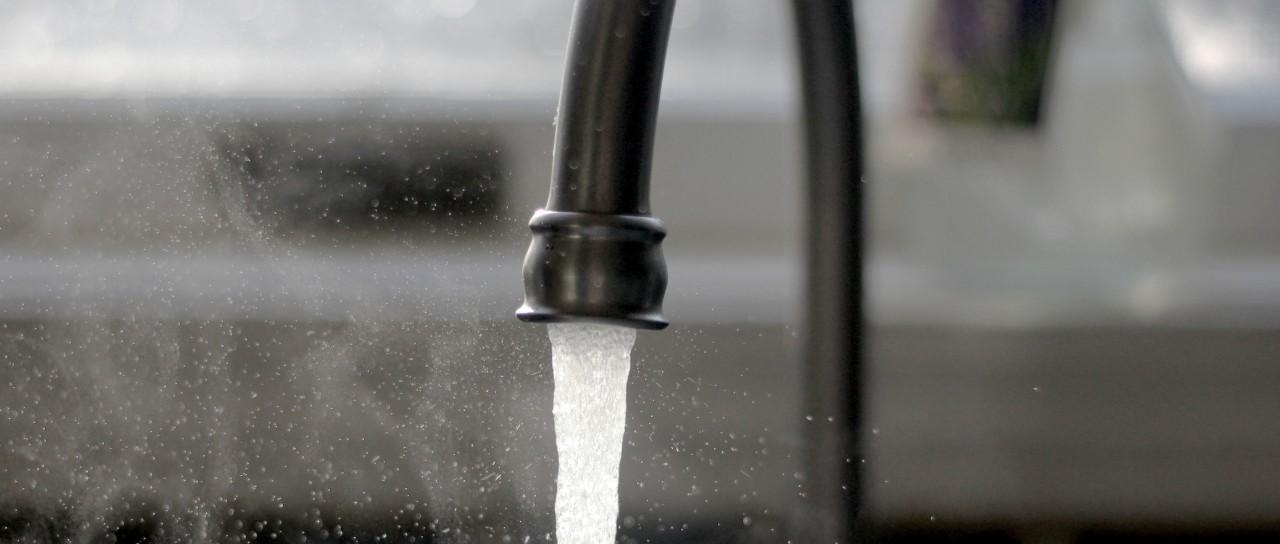
Microplastics in drinking water not an urgent health risk
Peer reviewed by Natalie HealeyLast updated by Ashwin BhandariLast updated 22 Aug 2019
Meets Patient’s editorial guidelines
- DownloadDownload
- Share
- Language
- Discussion
The World Health Organization (WHO) has called for further assessment of microplastics in the environment and their potential impacts on human health.
Microplastics, defined as small pieces of any kind of plastic debris, are found in polluted rivers, lakes, drinking water supplies, and bottled water packaging. They are also present in the air, and in our food.
According to WHO's latest analysis, which looks at microplastics in drinking water, pieces larger than 150 micrometres are not likely to be absorbed in the human body, and therefore likely do not pose a significant threat.
"We urgently need to know more about the health impact of microplastics because they are everywhere - including in our drinking water," says Dr Maria Neira, director, Department of Public Health, Environment and Social Determinants of Health, at WHO.
WHO says the evidence suggests that all larger plastic particles, and most of the smaller ones, simply pass through the body without being absorbed at all. Absorption and distribution of very small microplastic particles including in the nano size range may be higher, although the data is extremely limited at the moment.
The authors also believe routine monitoring of microplastics in drinking water is not recommended. They say resources would be better spent on removing bacteria and viruses from the supply.
However, WHO has urged that further research is needed to understand the long-term implications that microplastics could have on our health, and what we can do to reduce our impact on the environment.
Despite efforts to recycle and minimise environmental harm, plastic production is growing rapidly and is predicted to double again by 2025, according to the report.
Alice Horton, microplastics researcher, National Oceanography Centre (NOC), added: "It is important to put concerns about exposure to microplastics from drinking water into context: we are widely exposed to microplastics in our daily lives via a wide number of sources, of which drinking water is just one. Rather than focus on one route of exposure, a broader understanding of the wider sources and interactions of microplastics within the environment is needed."
Patient picks for Environmental conditions

General health and lifestyle
Are pesticides harmful to humans?
We spray pesticides to destroy unwanted pests, but these dangerous chemicals can cause pesticide poisoning when we come into contact with them. Let's take a look at the most common ways pesticides seep into our lives, and what the risks are in the UK.
by Amberley Davis

General health and lifestyle
Handy tips to reduce your food waste
In the UK, each person wastes around 100 kg of food on average every year. Throwing away uneaten food is bad for both people and planet, but there are steps you can take at home to reduce food waste and protect public health both in the present and in the future.
by Amberley Davis
Continue reading below
Article history
The information on this page is peer reviewed by qualified clinicians.
22 Aug 2019 | Latest version

Ask, share, connect.
Browse discussions, ask questions, and share experiences across hundreds of health topics.

Feeling unwell?
Assess your symptoms online for free
Sign up to the Patient newsletter
Your weekly dose of clear, trustworthy health advice - written to help you feel informed, confident and in control.
By subscribing you accept our Privacy Policy. You can unsubscribe at any time. We never sell your data.